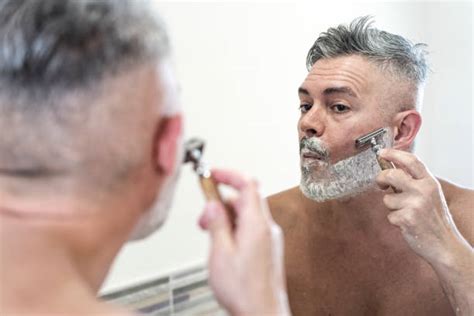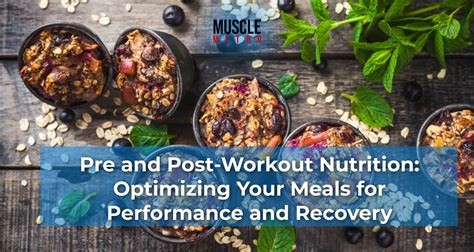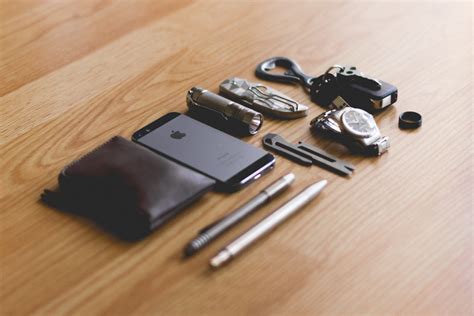What performance fitness gear truly aids recovery & prevents injury?
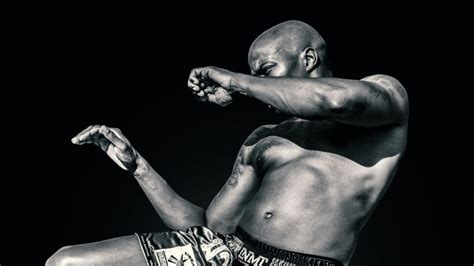
The Crucial Role of Gear in Peak Performance
In the relentless pursuit of athletic excellence, the right gear can be as vital as the training itself. Beyond the basics, certain performance fitness tools are specifically designed to either accelerate recovery or fortify the body against the stresses that lead to injury. Understanding which items offer genuine benefits can be a game-changer for athletes and fitness enthusiasts alike, allowing for consistent progress and a healthier training journey.
Compression Wear: Enhanced Circulation and Support
Compression garments, including socks, sleeves, and tights, are more than just a fashion statement in the gym. They are engineered to apply graduated pressure to muscles, which can significantly improve blood flow. This enhanced circulation helps to deliver oxygen and nutrients to working muscles while also flushing out metabolic waste products like lactic acid, which contribute to soreness. By reducing muscle oscillation during activity, compression wear can also lessen muscle damage and fatigue, providing a subtle but effective layer of injury prevention.
For recovery, wearing compression gear post-workout can decrease swelling and aid in faster muscle repair. For injury prevention, the added support can stabilize muscles and joints, particularly in areas prone to strain.
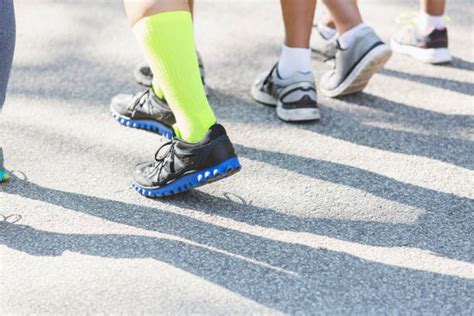
Myofascial Release Tools: Foam Rollers & Massage Guns
Self-myofascial release (SMR) has become a cornerstone of both recovery and injury prevention routines. Tools like foam rollers and massage guns are designed to break up muscle knots, improve flexibility, and increase range of motion. By applying direct pressure to tight areas, these tools can alleviate tension, reduce soreness, and prevent the accumulation of adhesions that often lead to mobility restrictions and potential injuries.
- Foam Rollers: Ideal for larger muscle groups, foam rollers use body weight to apply sustained pressure, releasing trigger points and improving tissue elasticity. Regular use can dramatically enhance flexibility and reduce post-exercise muscle stiffness.
- Massage Guns: These percussive therapy devices offer targeted, deep tissue massage. Their rapid pulsations can penetrate deeper into muscle tissue than traditional rolling, making them highly effective for localized pain relief, increasing blood flow, and speeding up recovery by breaking down scar tissue and adhesions.

Advanced Recovery Systems: Recovery Boots & Cold Therapy
Beyond traditional methods, advanced recovery systems are gaining traction for their potent effects. Recovery boots, also known as pneumatic compression devices, use sequential compression to mimic natural muscle contractions, facilitating lymphatic drainage and increasing circulation. This effectively flushes out metabolic waste and reduces swelling, significantly reducing recovery time and muscle soreness after intense workouts.
Cold therapy, in forms like ice packs, cold plunge tubs, or specialized cryotherapy devices, helps to reduce inflammation and numb sore areas. While the mechanisms are still debated, many athletes find cold exposure beneficial for immediate pain relief and managing acute swelling post-injury or intense exercise.
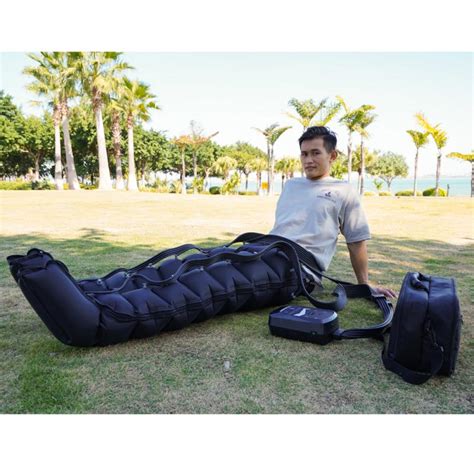
Supportive Footwear & Braces: Foundation for Protection
The right pair of shoes is fundamental for both performance and injury prevention, particularly in activities involving impact or specific movements. High-quality athletic footwear offers appropriate cushioning, stability, and arch support tailored to an individual’s gait and activity type. Improper footwear can lead to a cascade of issues, from plantar fasciitis and shin splints to knee and hip pain.
Similarly, braces and support wraps (e.g., knee sleeves, ankle braces) provide targeted stability to vulnerable joints. While they shouldn’t replace proper strength training, they can offer crucial support during recovery from minor injuries or provide prophylactic stability during high-risk activities, preventing hyperextension or twisting injuries.

The Role of Smart Monitoring & Wearables
While not gear in the traditional sense of direct physical aid, modern wearable technology plays a critical role in injury prevention and optimizing recovery. Devices like smartwatches and fitness trackers can monitor heart rate variability (HRV), sleep patterns, and training load. By providing data on the body’s physiological responses to stress and training, these tools can help athletes identify signs of overtraining, fatigue, or impending injury before they become serious issues. Adjusting training based on these insights is a proactive step towards sustained performance and health.
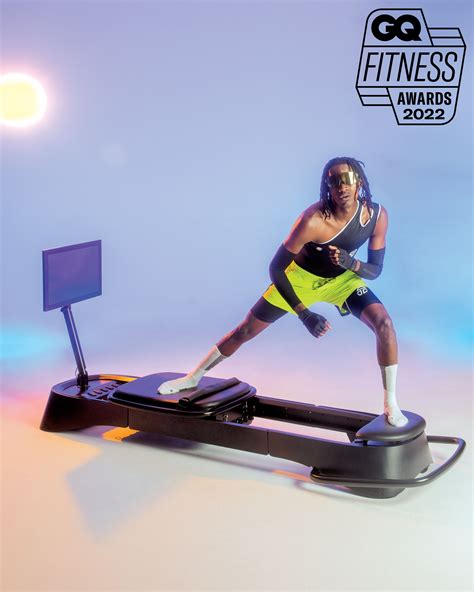
Conclusion: Smart Choices for Lasting Performance
Investing in the right performance fitness gear is an investment in your athletic longevity. From the circulatory benefits of compression wear to the deep tissue work of massage guns and the advanced support of recovery boots, each tool serves a specific purpose in bolstering your body’s ability to recover and resist injury. Coupled with informed training decisions and listening to your body, these specialized pieces of gear can significantly contribute to a more effective, safer, and ultimately more enjoyable fitness journey.

